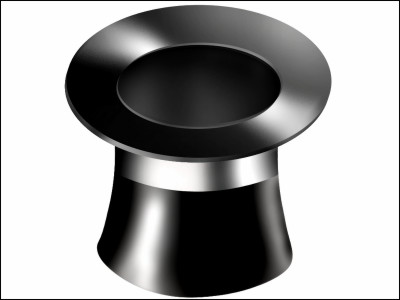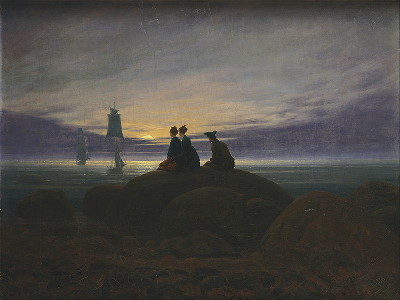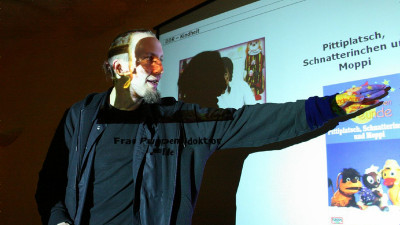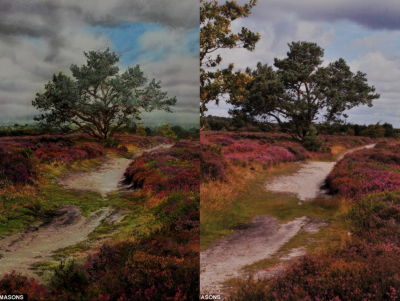What is the mechanism of the 'Rorschach test' that determines personality and mental disorders from ink stains?

The ``
How does the Rorschach inkblot test work? - Damion Searls - YouTube
The movie starts with the question 'What does this look like?'
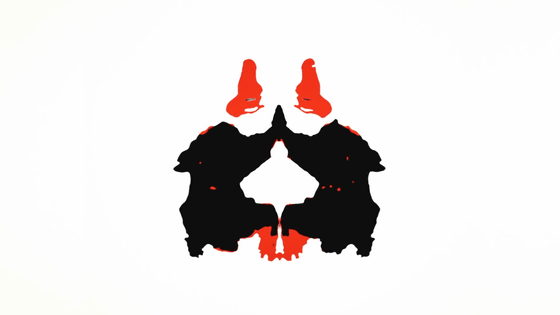
Imagine a scary monster from this picture...
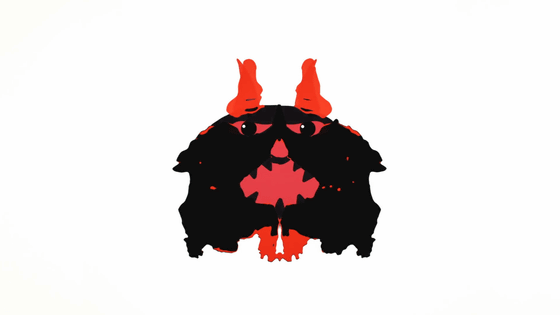
One might imagine two bears playing.
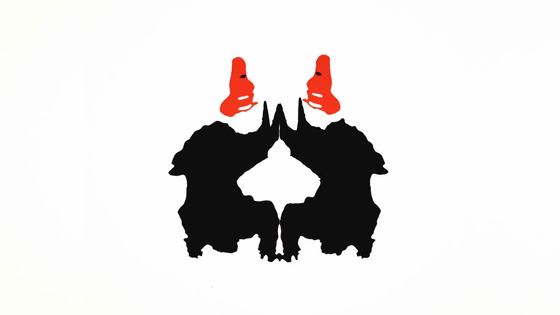
The Rorschach test is a test in which 10 different types of ink stains are shown and the test subject is asked to explain, ``What do you see?''

It was said that this test could reveal the subject's mental movements, but the results of the test were kept secret for a long time due to confidentiality obligations, and it is generally unknown what the Rorschach test can tell you or how it works. It is a mysterious test that is not well known.
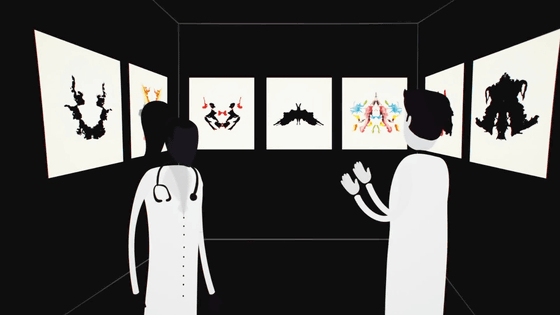
The Rorschach test is a diagnostic method developed by Dr. Hermann Rorschach in the early 20th century, and was originally a general study of human perception rather than a study of ``what ink stains look like.'' That can be said.

When Dr. Rorschach began working in the psychiatry department of a hospital in Eastern Switzerland, he began researching ``pictures that appear differently depending on the person,'' which can be said to be the prototype of the Rorschach test, in an attempt to unravel the mysteries of human perception.

He conducted a test in which hundreds of healthy people and mentally ill patients were shown an ink blot and asked, ``What does this look like?''

Dr. Rorschach thought that ``which part of the ink stain the subject focused on'' during the test was more important than the subject's answer.
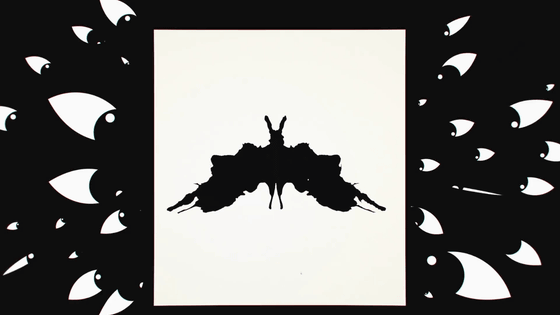
He continued to experiment and record whether the pictures appeared to be moving and how subjects felt when using colored ink blots.

Dr. Rorschach developed a method to classify test subjects' reactions in the form of codes.
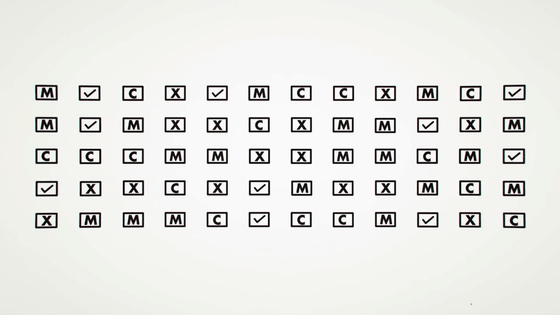
Additionally, we extracted only the most important parts of the reaction code.

As Dr. Rorschach continues to record various subjects, he discovers that there are certain patterns in their reactions.
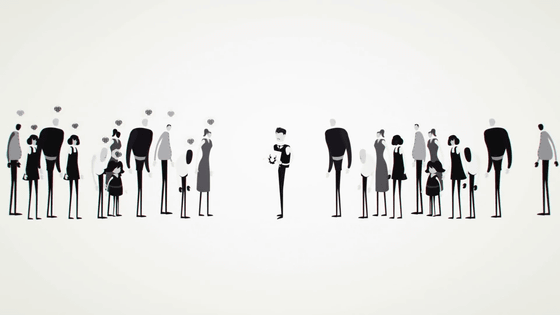
While healthy subjects often have strikingly similar responses, we discover that there are many common patterns in the responses of patients with mental disorders.

Based on the results of his experiments, Dr. Rorschach selected the 10 most suitable pictures for testing, summarized the Rorschach test method, and published his research results in a book.

The Rorschach test became a hot topic all over the world, and in the 1960s, the test was conducted millions of times in the United States...

Dr. Rorschach dies shortly after publishing his book.

After the Doctor's death, people begin to use the Rorschach test for purposes never envisioned by the Doctor.

Some researchers are conducting Rorschach tests on Nazi war criminals in order to discover patterns unique to mass murderers.
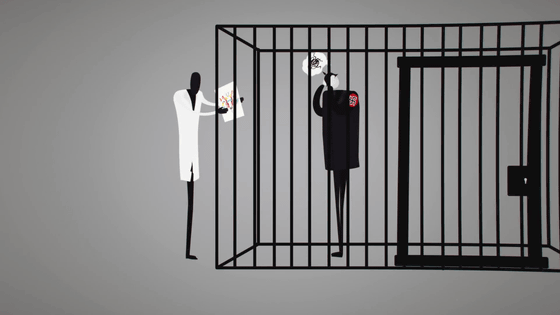
Anthropologists have utilized the Rorschach test as part of their personality tests.
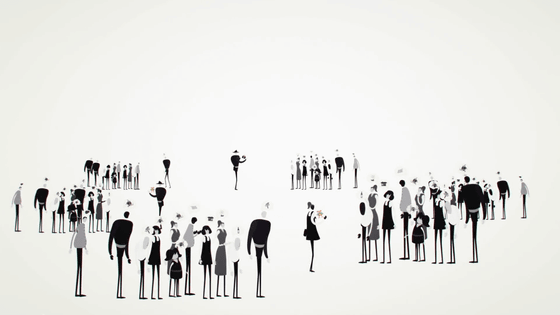
The results of the Rorschach test could determine employment.

As a result of this abuse, the Rorschach test has lost credibility in the medical industry and is no longer used for testing.
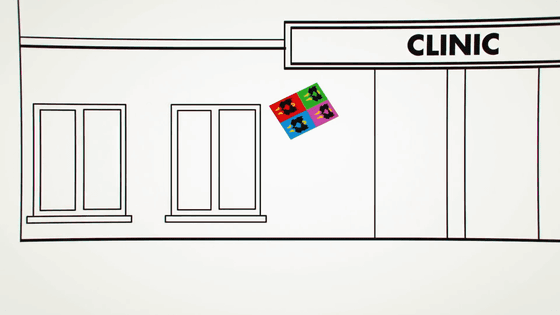
Even today, the Rorschach test is still controversial, and many people think it is wrong.

However, in order to investigate the validity of the Rorschach test, a survey was conducted in 2013 to completely reexamine the research on the Rorschach test that had been conducted in the past.

Research has shown that, when properly administered, the Rorschach test provides valid results and is useful for diagnosing mental disorders and creating more accurate psychological profiles. .

Although it is almost impossible to unravel a person's mind with just one test, the Rorschach test's ``visual approach'' and the fact that ``there is no fixed answer'' are important points that psychologists say It is believed to be useful in understanding the delicate field of 'how people perceive the world.'

Related Posts:


